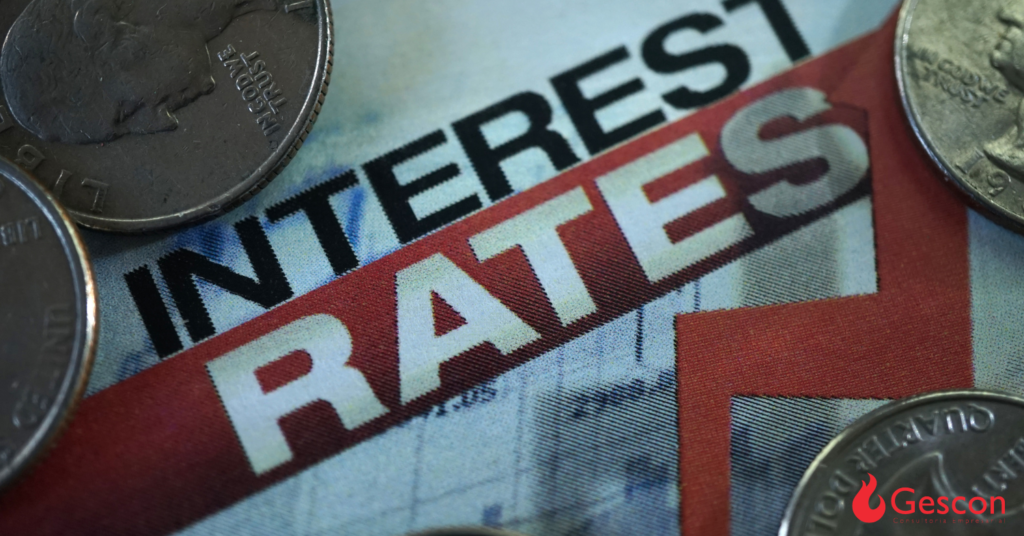Address
304 North Cardinal St.
Dorchester Center, MA 02124
Work Hours
Monday to Friday: 7AM - 7PM
Weekend: 10AM - 5PM
Address
304 North Cardinal St.
Dorchester Center, MA 02124
Work Hours
Monday to Friday: 7AM - 7PM
Weekend: 10AM - 5PM


The basic interest rate, known as the Selic Rate, is one of the main instruments used by the Central Bank to control inflation and stimulate the economy. Recently, the Monetary Policy Committee (Copom) announced a reduction in the Selic Rate, which is now at 10.75% per year. This change has sparked debates and analysis about its impacts and prospects for the Brazilian economy.
One of the main consequences of the reduction in the Selic Rate is the stimulus to consumption and investment. With lower interest rates, financing for the purchase of durable goods, such as real estate and vehicles, tends to become more accessible, boosting the sector. Additionally, companies can benefit from lower financing costs to invest in expansion and modernization, which can result in increased production and job creation.

On the other hand, the reduction of the Selic Rate may have negative impacts for investors seeking fixed income as an investment option. With the decrease in interest rates, the returns on investments such as government bonds and CDs also tend to decrease, leading investors to seek more profitable alternatives, such as the stock market.
Furthermore, the reduction of the Selic Rate can influence inflation. On one hand, lower interest rates can stimulate consumption and, consequently, increase demand for products and services, putting upward pressure on prices. On the other hand, the decrease in the Selic Rate can contribute to reducing production costs for companies, which can result in more competitive prices and lower inflationary pressure.
In macroeconomic terms, the reduction of the Selic Rate reflects the Central Bank’s policy to stimulate economic growth and control inflation. However, it is important for this reduction to be accompanied by fiscal and structural policies that ensure the sustainability of public finances and long-term economic stability.
The reduction of the Selic Rate to 10.75% per year brings both opportunities and challenges for the Brazilian economy. It is up to economic agents, including the government, companies, and consumers, to seize the opportunities and face the challenges consciously and responsibly, aiming for sustainable growth and improvement in social well-being.
The Selic Rate is a specific rate in Brazil and is defined by the Monetary Policy Committee (Copom), which is part of the Central Bank of Brazil. It represents the basic interest rate of the Brazilian economy and is used as a tool to control inflation and regulate the country’s economic activity. Therefore, the Selic Rate only applies to Brazil and is not valid for the whole world.
Other countries have their own basic interest rates, which can be defined by their central banks according to the economic conditions and monetary policy goals of each country. For example, in the United States, the basic interest rate is determined by the Federal Reserve (Fed), while in Europe, it is defined by the European Central Bank (ECB). These rates may vary from country to country and do not necessarily follow the same pattern as the Brazilian Selic Rate.